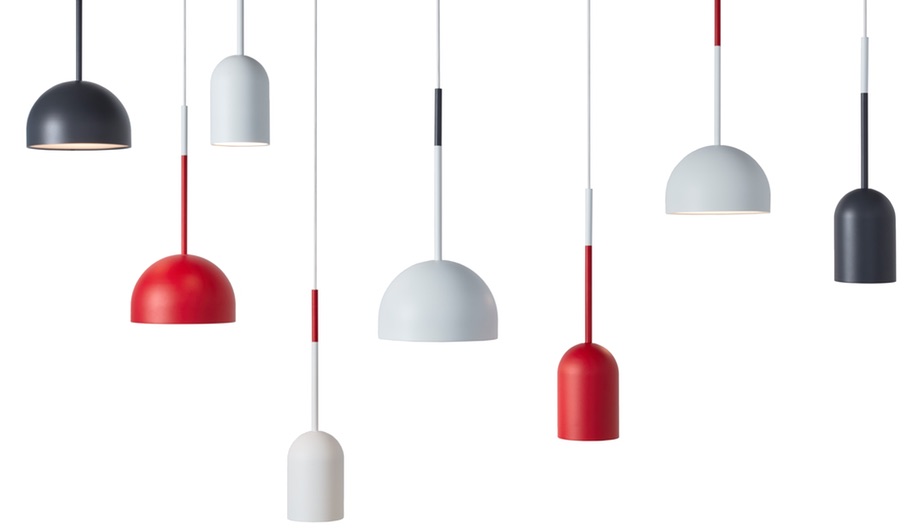Bjarke Ingels Group has announced yet another major competition win. Along with TNT Nuuk, Rambøll Nuuk and Arkitekti, the Copenhagen/New York firm has been selected to build the new National Gallery of Greenland in Nuuk.
Only a few weeks ago, BIG announced its success in winning another competition: building the ultra-futuristic Waste-to-Energy, a power plant in Copenhagen that will double as a recreational ski hill. Skiers hitting the slopes will be able to peer through windows to see what’s going on down below, and giant smoke stacks will billow out dramatic smoke rings (rather than shapeless plumes).
And earlier this month, the firm announced its win to build a 600-unit residential complex in New York. Called the West 57th and located between 11th and 12th Avenues, the apartment building’s unconventional V-shaped profile looks something like a low-lying sailing mast.
The Greenland museum project, while not as subversive as a waste management plant that you can ski on, is nonetheless radical in its proposed form. The 3,000-square-metre gallery resembles a geometrically perfect doughnut nested onto a steep slope overlooking the country’s beautiful fjords. Deviations from what would be a perfect circle occur with any topographical variations. Based on the renderings and schematics, the museum’s circular shape becomes asymmetrical when it’s moulded to the hillside, not unlike a vinyl LP that’s melted onto an uneven surface.
BIG puts it this way: ”The three-dimensional imprint of the landscape creates a protective ring around the museum’s focal point, the sculpture garden where visitors, personnel, exhibition merge with culture and nature, inside and outside.”
The circular form also echoes the Danish pavilion the firm built for the Shanghai Expo last summer. There, the ramped doughnut incorporated an internal pond containing the Little Mermaid, a culturally symbolic sculpture and emblem for Copenhagen, where the firm’s headquarters are located. (Founding principal Bjark Ingels runs a second office in New York and teaches at Harvard).
BIG’s design beat out six other Nordic firms, including Snøhetta of Norway and Hiekkinen-Komonen of Finland. According to the press release, the judges were unanimous in their choice.










